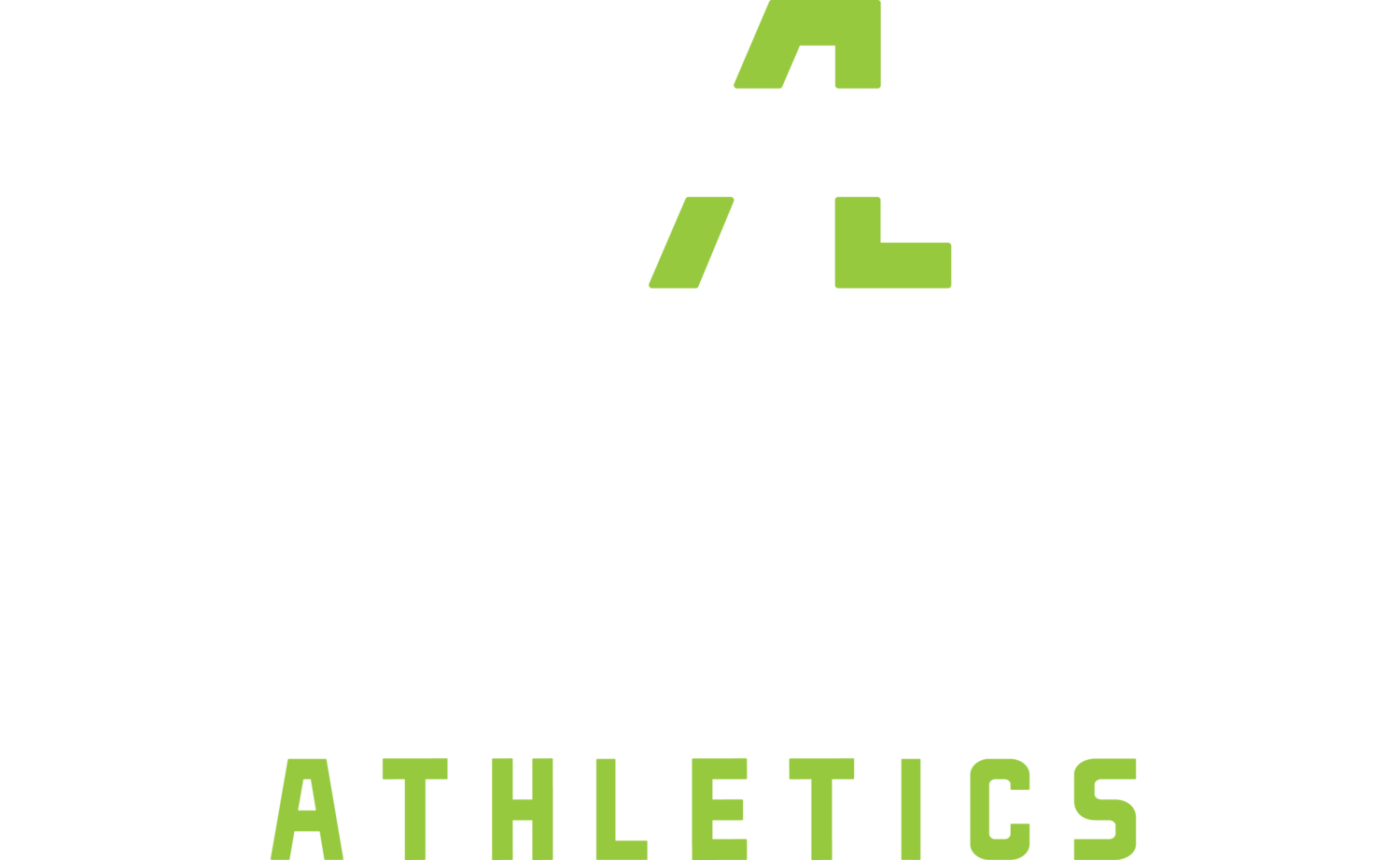The sports shoe market is heavily saturated. There are countless options, relying on different styles and different marketing angles to encourage consumers to buy their products. All too often, athletes are easily misled by silly gimmicks such as “Air", or a particular type of weaving pattern that promises to take athletes to the next level. Unfortunately, these flashy and expensive shoes often offer very little real benefit to athletic development.
As a strength and conditioning coach at The Spot Athletics who spends a significant amount of time teaching movement skills (i.e. speed and agility, plyometrics and change of direction), I continuously encounter athletes who wear the wrong shoes for the task at hand.
The vast majority of athletes purchase shoes based on how “cool” they look, without giving any consideration to how well they will actually perform. Among the biggest issues with athletic shoes are lack of lateral support, an excessively cushioned high heel, or high tops (basketball-style shoes) that can limit ankle range of motion and leave athletes at higher risk of knee problems.
As coaches, our top priority is helping athletes develop their skills while keeping them safe. We do this by scaling drills and exercises for each athlete so that they can eventually progress safely. However, we cannot control what athletes who come into our facility wear. Even if it is for their own safety.
What’s wrong with running shoes?
Too often while coaching multidirectional movements that require fast and abrupt changes of direction, I clench my jaw as I watch an athlete nearly sprain an ankle because they chose to wear running shoes. While comfortable, some of these shoes offer little more support than a pair of socks. The typical running shoe offers little to no lateral stability,
When training for speed and agility, athletes will greatly benefit from wearing a training shoe with a lower heel, a more stable and sturdy sole and superior lateral support. Try it yourself - wear your very comfortable, heavily cushioned running shoes and try to abruptly change direction. What you will most likely experience is lack of control, you will feel your foot sliding inside your shoe, and you will struggle to push the ground away properly. This can place athletes at increased risk of injury. Things can get even messier when we dive into jumping and bounding. There is currently a knee injury epidemic among young athletes, and in my opinion improper footwear (unstable, cushioned shoes) is contributing to this problem. Young athletes already have poor hip stability compared to their older, more developed counterparts, and adding unstable feet and ankles compounds the issue.
Additionally, running shoes are a terrible choice for weightlifting. Think of the amount of cushioning most running shoes have, and ask yourself if you really want to load a heavy squat on a pair of squishy shoes. It is not only dangerous, it is also counterproductive. If your feet are not stable while squatting, you can most certainly expect to overload your spine in a compromised position.
What’s wrong with hightop basketball shoes?
On the other end, we have hightop shoes which offer much more lateral support than cushioned running shoes. High top shoes can improve ankle stability, but in turn will put athlete’s knees in jeopardy by restricting dorsiflexion range of motion at the ankle. This can lead to chronic pain, and possibly acute knee injuries.
With this type of shoe, not only will you increase the potential for injury, but you will also under-train one of the most important joints in the body, the ankle. Without adequate dorsiflexion, it will be difficult to achieve optimal ankle stiffness. Ankle stiffness is of utmost importance to athletic development. Moreover, a lack of dorsiflexion has been linked to poor hip muscle recruitment. The hips are extremely important knee and ankle stabilizers. So unless athletes are training around an ankle injury, I don’t recommend restricting range of motion at the ankle with a hightop shoe.
What type of shoes should multidirectional athletes wear to train at The Spot?
In my opinion, athletes should look at a more minimalistic type of shoes to train. I recommend a shoe with a 0-6 mm heel drop with good lateral support. Make sure that you can change direction while being able to apply force into the ground with the ball of the foot, without your foot sliding inside the shoe. Also, make sure that they won’t give at the bottom of a squat.
From personal experience, I can recommend New Balance Minimus, Nike Metcons, Reebok Nanos, Inovos, and Hylete. Of course, there are many others that are just as effective, however I haven’t tried them. But feel free to give them a go. Your whole body will thank you.
Conclusion
Sure, running shoes are comfortable and you may even feel as though you are walking on clouds. You may also look extremely flashy. However, while there may be an argument to support the use of running shoes for athletes who don’t need to abruptly change direction, jump, and lift, running shoes in my opinion should have no place in the gym or on the turf. The same can be said about hightop shoes. While they may offer improved lateral support, I do not think it’s worth the risk of placing more stress on the knees.
The opinions presented in this posting are based on my experience coaching athletes, reading research articles and discussions with qualified medical professionals including doctors, physical therapists and chiropractors. Please be advised, If you have any structural foot conditions such as flat feet or plantar fasciitis, I urge you to consult with a medical professional before you decide to purchase any pair of athletic shoes.

